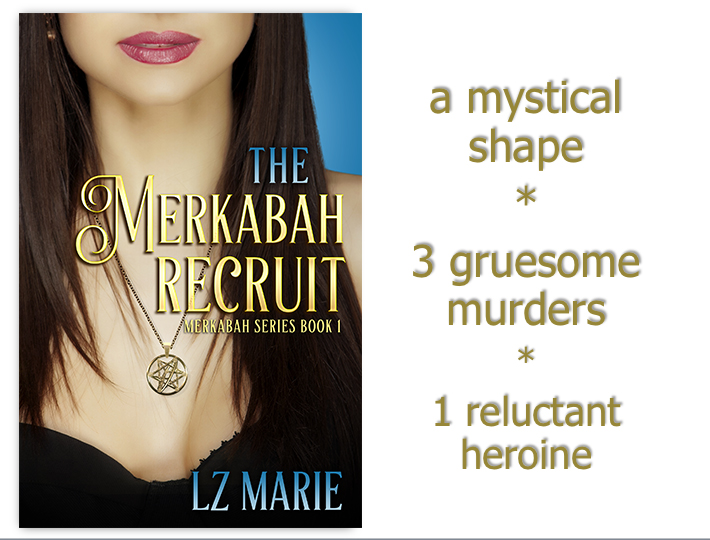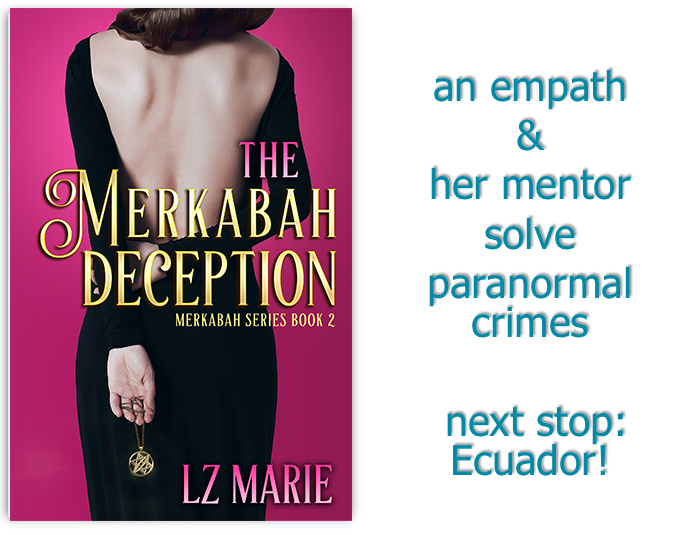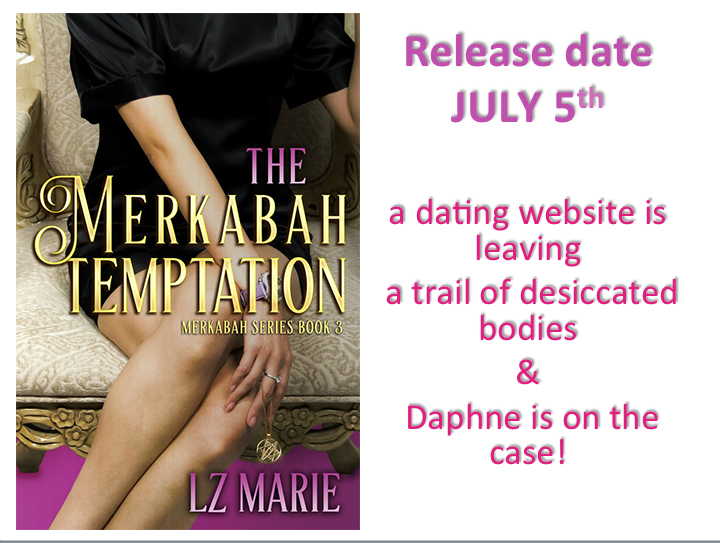It’s an important decision for a writer because it impacts EVERYTHING an author writes.
Quick true story: At a writers conference, a man told me about the murder/mystery he was writing.
“What’s the POV ?” I asked, pretending to be interested.
“I’m not sure.” He shrugged his shoulders.
“How can you not know? Whose head are you in? Do you use ‘he said, she said’ or ‘I said’?”
“I’m not sure. Does it really matter?”
“You’re joking, right?” I tried not to look appalled.
“Well, I don’t get hung up on all that stuff…I just write a good story.”
There’s lots of great books with comprehensive information about POV ( I like The Art of Fiction by David Lodge).
A blog-quick recap of point-of-view:
1st person POV= “I”
-
the narrator is a character and uses “I” throughout the story
-
the reader doesn’t know any more than the character/narrator does
-
the reader is only in the narrator’s head
Writing issues include:
-
offering only a limited perspective to the reader. Is there a reason why you are telling the story through the eye of the protagonist/antagonist?
-
making certain narrator/character’s voice is authentic and believable. >>>Example: A highly educated character/narrator will use different words and syntax than a young child<<< AND their views and understanding of the world are very different.
-
finding ways to add “off screen” action or dialog that does not include the character/narrator.This can be achieved through another character’s telling of events or using font changes or chapters to indicate POV changes or multiple 1st person POVs.
-
accidentally assigning thoughts to another character that the character/narrator would not know. Unless, like Sookie Stackhouse, the character/narrator reads minds.
- writing events/perceptions the narrator/character would NEVER know given their very limited perspective. <<Example: While showering, I heard the key in the front door downstairs rattle.>>Really? You heard that in the shower? I can’t tell you how many times I read impossible sensory perceptions by new writers. Remember, unless your character has eyes in the back of their head, you cannot write “the killer snuck up behind me and lifted his hand over my head.”
-
making sure thoughts of other characters are evident through action and/or dialog <<< Example: Mom was angry vs Mom burst into my room, then slammed the door behind her OR Mom looked angry.>>>
3rd POV= “he” “she”
Most novels these days are written in limited POV
Writing issues include:
-
choosing how limited or omniscient the 3rd person POV will be. There’s a broad spectrum, from very limited (thoughts inferred by actions and/or dialog only) to completely omniscient ( mind reading narrator)
-
how many heads do you want your reader to be in?
-
more importantly, why do you need to be in a particular character’s head? Does it add to theme or plot? What purpose do multiple perspectives serve?
-
An advantage of omniscient POV is the reader gets to see into many characters’ heads. This adds depth and complexity to thematic issues or plot. It is also a way for writers to manipulate/trick readers.)
-
One disadvantage of being in multiple heads is that it gives the story a more contrived feel.
-
A second disadvantage is that inexperienced writers do a lot of head-jumping for no specific story purpose, thus accidentally confusing a reader.
Mixing it up:
Multiple points of view are just that!
-
multiple first persons ( Sisterhood of the Traveling Pants)
-
Ist person and 3rd person ( anywhere on the limited/omniscient spectrum)
Multiple POVs issues:
-
is there a purpose?
-
can you execute that purpose? Read Kafka on the Shore for a mind bending look at multiple POV in action.
-
how does it reveal theme or drive the story?
Have fun reading your characters’ minds!
Related Links: Rock Your Writing; Click HERE for Amazon link.
















